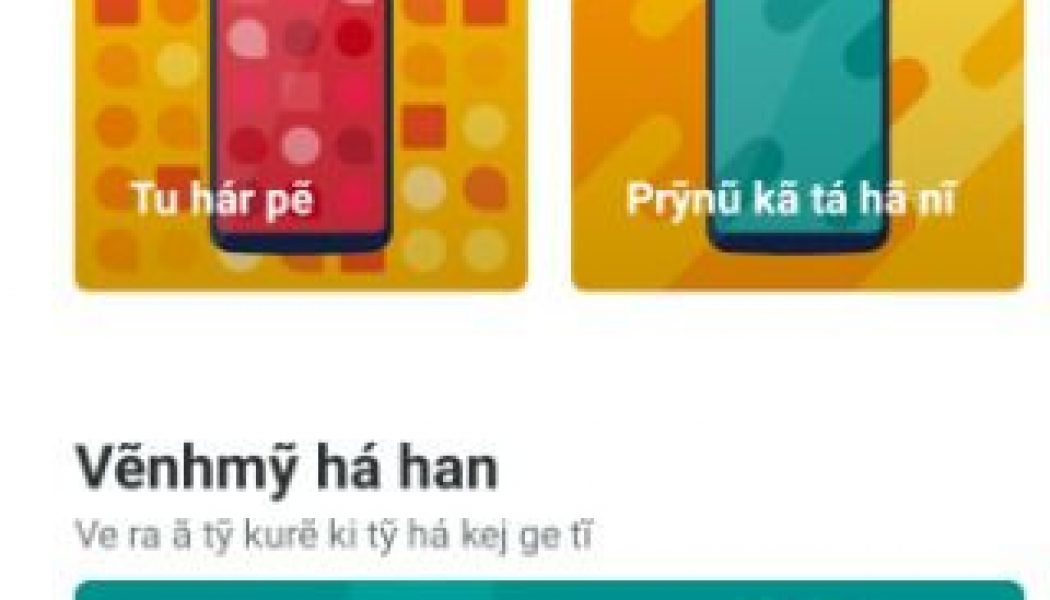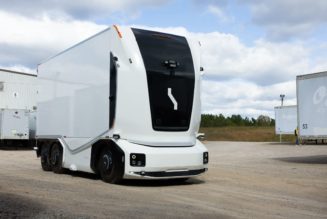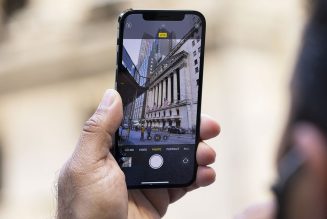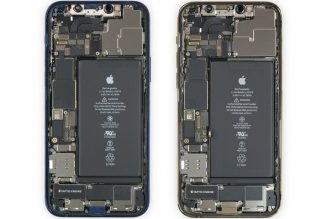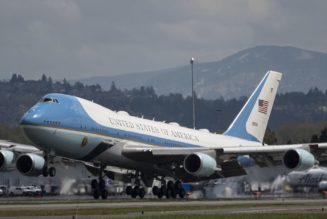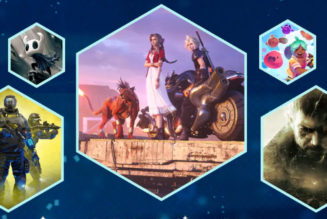Motorola has added support for two new indigenous languages spoken in the Amazon as part of a larger effort to make technology more accessible. Beginning today, Kaingang and Nheengatu will be among the language options available on Motorola Android devices. Any Motorola phone updated to Android 11 will be able to access the new language options, not just its most expensive models.
“We believe that this initiative will raise awareness towards language revitalization, not only will impact the communities that we’re working directly with, but right now we’re in the process of open sourcing all that language data from Android into Unicode,” Janine Oliveira, Motorola’s executive director for globalization software, said in an interview with The Verge. “And by doing that we believe that we’re going to pave the way for more endangered indigenous languages to be added, not only on Android, but also on other smartphones.”
The Kaingang language comes from an agricultural community of people in southeastern Brazil, and only about half of the community still speaks it, Motorola found. The United Nations Educational, Scientific and Cultural Organization (UNESCO) has designated Kaingang “definitely endangered.” This means that children no longer learn it as their first language at home.
The Nheengatu community of about 20,000 people lives mostly in the Amazon, but only about 6,000 people in the region still speak that language, so UNESCO considers Nheengatu “severely endangered.” That’s the second-most serious category before a language is considered “extinct.” UNESCO classifies a language as severely endangered if it’s spoken by grandparents and older generations, who may not speak it among themselves or to children.
Both of the indigenous communities rely heavily on mobile technology, even though they may not always have reliable internet access, said Juliana Rebelatto, globalization manager and head linguist at Motorola’s mobile business group. “Teachers use their mobile phones in their classroom to teach their curriculum, so now that the phones will be in Kaingang and Nheengatu this will really help with the learning process,” she said.
:no_upscale()/cdn.vox-cdn.com/uploads/chorus_asset/file/22395638/Motorola_Picture_5.jpg)
:no_upscale()/cdn.vox-cdn.com/uploads/chorus_asset/file/22395639/Motorola_Picture_6.jpg)
It makes sense that Motorola has a focus on Brazil: as of February, it had 21 percent of the market share in the country among smartphone manufacturers, ahead of Apple and second only to Samsung. Rebelatto acknowledged there isn’t necessarily a big return on investment for Motorola by incorporating the indigenous languages into its system; the move isn’t likely to add a huge number of new users for its products.
“We know that for most people it will be just another language in a drop down menu but for the people who speak that language, it’s a big innovation. It is part of the bigger mindset we have about digital inclusion,” she said.
Rebelatto said it was their colleague Robert Melo, Motorola’s internationalization lead, who first realized that there were no Latin American indigenous languages represented in any form of digitalized technology. “We started researching ways that Motorola could change that story,” she said.
The company partnered with the University of Campinas in São Paulo, Brazil, and worked with Professor Wilmar D’Angelis, a researcher in cultural anthropology and indigenous languages. “He has dedicated his life, 40 plus years, into researching languages,” Rebelatto noted, and he proved vital in helping the company narrow down which indigenous languages it would choose.
Motorola’s linguistics team worked with native language speakers of both languages throughout the project, which meant training them on the company’s tools and practices while on a multinational schedule. “We had to ship Lenovo PCs to communities where the mail barely got into,” Oliveira said, all during a pandemic.
But the native speakers were eager to help, Rebelatto added. One of the women who was a translator on the project told them she couldn’t wait for the languages to be available on phones: “She now has all the argument she needs to convince her child to learn their ancestral language, because it will be on the phones they use every day.”
:no_upscale()/cdn.vox-cdn.com/uploads/chorus_asset/file/22395624/Motorola_Picture_8.jpg)
Nheengatu speaker Ozias Yaguarê Yamã Glória de Oliveira Aripunãguá worked with Motorola on the project and emphasized the cultural importance of the language. “You must understand that over time, Nheengatu has been weakening more and more, and today, many times, due to discrimination against the language, people are ashamed to use it,” he said in an email to The Verge.
“But you can’t talk about the Amazon without talking about Nheengatu because the two are linked … it’s part of the essence, it’s the core. The soul of the Amazon is Nheengatu,” he said. Seventy percent of fish names are Nheengatu names, and 50 to 60 percent of the city and river names are Nheengatu names as well, Yaguarê added. “There is no way to talk about one without talking about the other.”
The team plans to open source all of the data it collected as part of the project, hundreds of thousands of UI strings, for anyone to use or research the Amazon languages, not only on Android, but other platforms as well. They had to customize a keyboard and are working with Google on the process of including the languages in G-board.
“We don’t intend to stop here,” said Renata Altenfelder, Motorola executive director for brand. “We are putting this as an open source because we truly believe this should be something for everyone to join.” More endangered languages will be added to the project, she added, they just haven’t decided which ones yet.
Rebelatto added that by digitizing endangered languages, the company hoped it would draw more attention to them and motivate other tech companies to consider similar initiatives. The Motorola project, she added, “will allow technology to have its rightful place in the preservation of not only the language but in their traditions, in their culture and their story.”
